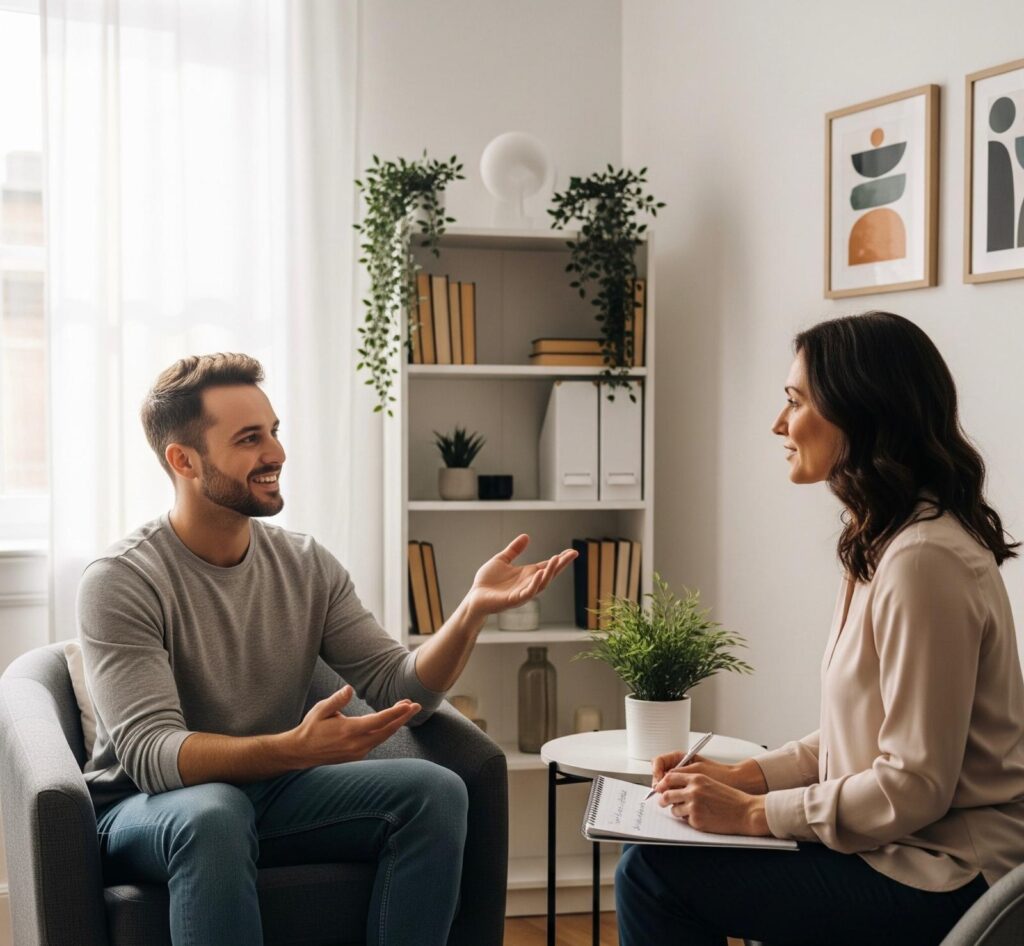Phobias, intense, irrational fears of specific objects, activities, or situations, are more common than many might think. While some, like arachnophobia (fear of spiders) or claustrophobia (fear of confined spaces), are well-known, there exists a myriad of lesser-known, unusual phobias that can be equally debilitating for those who experience them. This article delves into the fascinating realm of unusual phobias, their impact, and approaches to treatment, drawing on scientific research to shed light on these rare fears.
Nomophobia: The Fear of Being Without a Mobile Phone
Nomophobia, a term derived from “no-mobile-phone phobia,” reflects the growing dependency on mobile phones in today’s society. Studies indicate that nomophobia is characterized by anxiety when one is unable to use their mobile phone due to loss of coverage, battery depletion, or misplacing the device (King, A.L.S., et al., 2013, Computers in Human Behavior). This phobia highlights the psychological effects of technology’s pervasive role in modern life.
Taphophobia: The Fear of Being Buried Alive
Taphophobia, from the Greek “taphos” meaning grave, is the fear of being buried alive. Historically, this fear was not entirely irrational, given medical practices that could mistakenly declare someone dead. Modern instances are rare, but the phobia persists, manifesting as a fear of coffins, graveyards, or the medical examination process (Bondeson, J., 2001, Buried Alive: The Terrifying History of Our Most Primal Fear).
Ablutophobia: The Fear of Bathing
Ablutophobia is an anxiety disorder that involves an irrational fear of bathing, washing, or cleaning. It’s more common in children and women and can significantly impact one’s hygiene and social life (Veale, D., 2003, BMJ). Treatment typically involves cognitive-behavioral therapy (CBT) to address the underlying anxiety.
Anthophobia: The Fear of Flowers
While flowers are typically seen as objects of beauty and symbols of love, individuals with anthophobia experience anxiety and avoidance behavior towards flowers. This phobia can be triggered by specific flowers, their scents, or the pollen they produce, impacting the person’s ability to engage in outdoor activities or attend social events where flowers are present (American Psychiatric Association, 2013, Diagnostic and Statistical Manual of Mental Disorders, 5th Edition: DSM-5).
Treatment Approaches
Treatment for unusual phobias, like more common phobias, often involves psychotherapy, particularly cognitive-behavioral therapy (CBT), which helps individuals challenge and change the thought patterns that contribute to their phobic reactions. Exposure therapy, a type of CBT, gradually and systematically exposes individuals to the source of their fear in a controlled and safe environment, helping them build tolerance and reduce anxiety over time.
In some cases, medication may be prescribed to manage symptoms of anxiety, especially if the phobia significantly impacts the person’s daily life. However, therapy remains the cornerstone of treatment, offering the best long-term outcomes for managing and overcoming phobias.
Conclusion
Unusual phobias, while less common and often unheard of, can have a profound impact on individuals’ lives, affecting their daily functioning and quality of life. Understanding these phobias and the treatments available is crucial in providing support and assistance to those affected. With appropriate intervention, individuals can overcome their fears and lead more fulfilling lives, free from the constraints of their phobias.
Task this quick self assessment.
References
- King, A.L.S., et al. (2013). “Nomophobia: Dependency on virtual environments or social phobia?” Computers in Human Behavior.
- Bondeson, J. (2001). Buried Alive: The Terrifying History of Our Most Primal Fear. W.W. Norton & Company.
- Veale, D. (2003). “Ablutophobia.” BMJ.
- American Psychiatric Association. (2013). Diagnostic and Statistical Manual of Mental Disorders, 5th Edition: DSM-5.
How to get in touch
If you or your patient/NDIS clients need immediate mental healthcare assistance, feel free to get in contact with us on 1800 NEAR ME – admin@therapynearme.com.au.







